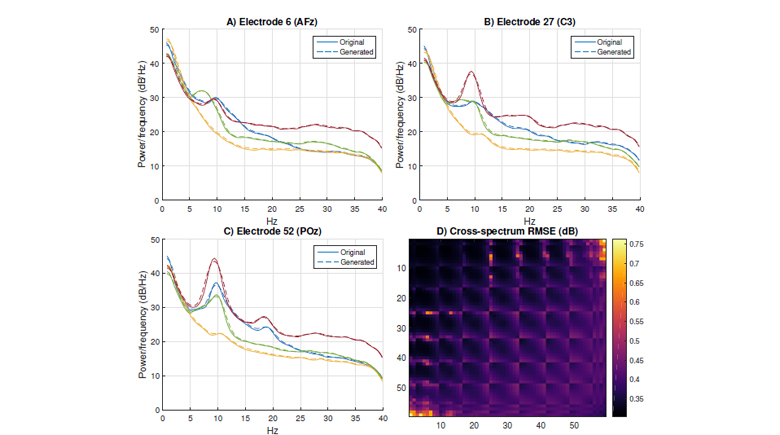
Brain-Computer Interface (BCI) methods are commonly studied using Electroencephalogram (EEG) data recorded from human experiments. For understanding and developing BCI signal processing techniques real data is costly to obtain and its composition is apriori unknown. The brain mechanisms generating the EEG are not directly observable and their states cannot be uniquely identified from the EEG. Subsequently, we do not have generative ground truth for real data. In this paper we propose a novel convenience framework called simBCI to alleviate testing and studying BCI signal processing methods in simulated, controlled conditions. The framework can be used to generate artificial BCI data and to test classification pipelines with such data. Models and parameters on both data generation and the signal processing side can be iterated over to examine the interplay of different combinations. The framework provides the first time open source implementations of several models and methods. We invite researchers to insert more advanced models. The proposed system does not intend to replace human experiments. Instead, it can be used to discover hypotheses, study algorithms, to educate about BCI, and to debug signal processing pipelines of other BCI systems. The proposed framework is modular, extensible and freely available as open source1. It currently requires MATLAB.

